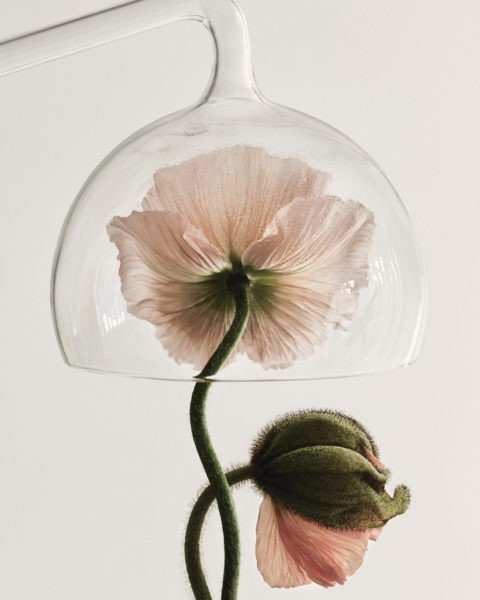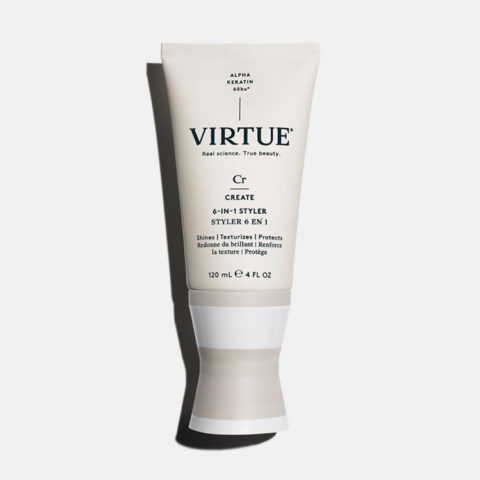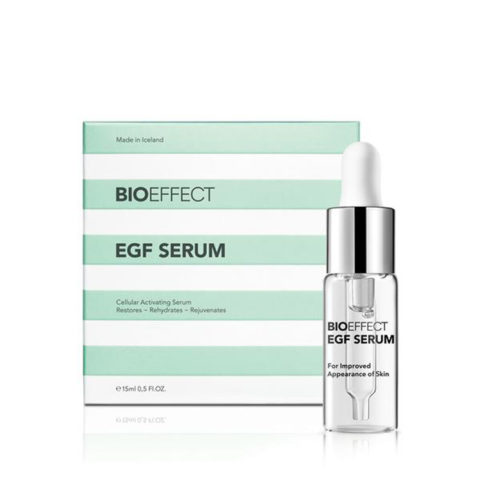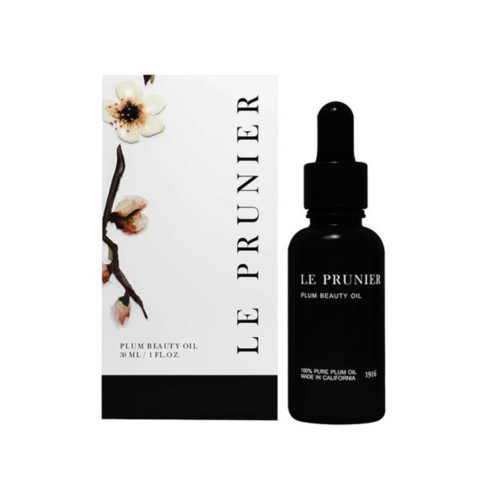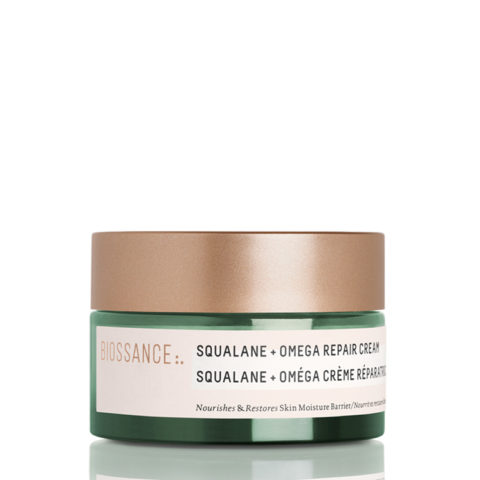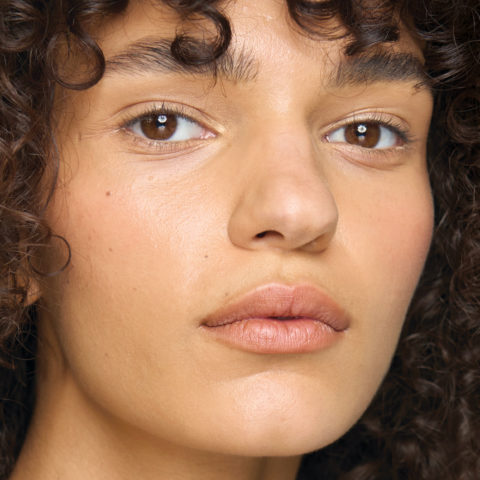Beauty Biotech: Are Natural Ingredients Created in a Lab the Future of Sustainability?
"It takes a lot more land, water, sun, energy and labour to produce plant-based products because we’re actually taking resources from the earth."
In the not-so-distant past, when the word “natural” was slapped onto a product, this would be enough to sway a consumer’s decision to purchase it. But a new generation of informed and, ergo, environmentally woke beauty buyers are after a more radical level of transparency. Beyond being natural, the ingredients must be from renewable resources and retrieved without disrupting any ecosystem or using any contaminants like pesticides or fertilizers. They also have to be harvested ethically, taking into consideration the needs of the surrounding community. Some beauty brands build their entire credo around meeting all these expectations. For example, when asked to describe her line, Jacqueline Taylor, co-founder of Le Prunier, sums it up this way: “Our operation is completely organic. We use a worm farm to reuse water waste and solar panels to cut down our carbon footprint, and our oil is made entirely from the by-products of plums, so it’s sustainable.”
But sustainable sourcing comes with challenges—and slippery corollaries—like adulteration. This is when a manufacturer cuts expensive essential oils with cheaper ingredients to boost the supply. “We’ve seen this with rosehip seed oil, where unscrupulous suppliers dilute the oil to meet market demands for financial gain,” explains Julie Elliott, founder of In Fiore, a San Francisco-based botanical beauty line. “Now, we have to ensure authenticity and manage the supply chain, which is enormously time-consuming.” Then there’s the over-tapping of certain natural resources.
“It takes a lot more land, water, sun, energy and labour to produce plant-based products because we’re actually taking resources from the earth.”
“It takes a lot more land, water, sun, energy and labour to produce plant-based products because we’re actually taking resources from the earth,” says Kenna Whitnell, founder of Altilis, a Canadian brand that uses breadfruit, a sustainable staple food crop. “The part of the plant harvested matters, too,” she says. “If you’re using leaves, flowers or fruits, the crop doesn’t have to be sacrificed. But if you’re using seeds, roots, bark, heartwood or resins, the life cycle of the plant ends.”
It’s these kinds of pressing issues that have inspired some brands to explore other sustainable options. And that’s where biotechnology comes in. When employed in the natural-beauty realm, biotechnology may offer a best-of-both-worlds option because the ingredients are derived from nature but created sustainably in a lab.
Ginkgo Bioworks, a Boston biotech company founded by MIT scientists, is engineering yeasts through a fermentation process to produce fragrance compounds for major perfume house Robertet. Scientists at skincare brand Biossance, based in Berkeley, Calif., employ biotech to design a more sustainable squalane, a supercharged emollient that locks moisture in the skin. (It’s traditionally sourced from shark livers or, for a cruelty-free variety, from olives.) Biossance’s squalane, the foundation of every product in its line, is made from renewable sugar cane using a patented process.
Bioeffect, an Icelandic biotech company, has bioengineered barley to replicate anti-aging human growth factors, says Bjorn Ovar, its chief scientific officer. “Growth factors are so important in our skin biology, and if you can master their production, as we have at Bioeffect, you have access to a unique source of these amazing proteins that our skin cells already understand and can communicate with,” he explains.
“We’ve shown vast clinical improvement in the health of the hair as the protein is already in its functional form,” says Erin Falco, Virtue’s principal scientist. “And hair is the ultimate renewable resource.”
Bioscientists at hair care company Virtue found a similar synergy with their patented Alpha Keratin 60ku protein. The harvesting of whole (not hydrolyzed or broken) keratin from human hair has its roots in regenerative medicine, originally intended (and still used) to treat soldiers with traumatic injuries related to skin as well as muscle and bone tissue regeneration. But the bioscientists discovered that this human hair protein is also beneficial to hair care. “We’ve shown vast clinical improvement in the health of the hair as the protein is already in its functional form,” says Erin Falco, Virtue’s principal scientist. “And hair is the ultimate renewable resource.”
In Fiore is cultivating a unique species of micro-algae that is an antioxidant, a carotenoid and fatty acid-rich. And One Ocean Beauty also uses biotechnology (or, as the company calls it, “blue biotechnology” because of its marine connection); it grows marine micro-organisms that secrete glycoproteins, the same beneficial molecules as are found at sea but in a higher (read “more effective”) concentration. When used in skincare, they help retain moisture as well as stimulate collagen and elastin.
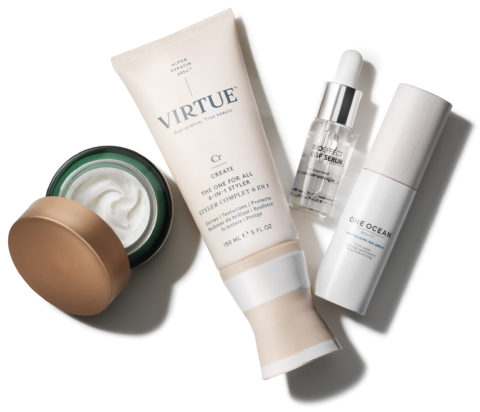
While these lab-born naturals resemble their traditional predecessors in form and function, they’re not identical; in fact, in some cases, they’ve been designed to be stronger and more tolerable for the skin. “Plants have to cope with environmental factors—like variations in climate—and potential aggressors—like pollution and contamination—and even compete with other plants or parasites in the soil,” says Elliott. “And what we’ve learned is that they acclimate very well to a controlled photosynthetic environment.” In nature, these climate shifts and other conditions can also detract from a plant’s full medicinal properties. For example, evolving weather patterns can cause orange blossoms to bloom before they have developed the ideal balance of terpenes that give neroli its signature scent and its anti-inflammatory and antibacterial properties, she adds.
“When an ingredient is developed in a lab, the impurities are removed, the potency is stabilized and you get the same ingredient every time: the same efficacy, purity and stability with every batch,” says Caroline Hadfield, president of Biossance. And while beauty brands continue to address the environmental impacts of their products, biotechnology will continue to be a crucial part of the conversation. That’s because, as Sue Y. Nabi, co-founder of Orveda, points out, it reconciles two things customers have long believed to be irreconcilable: natural origin and efficiency. And it does so sustainably.

